Name Coreen Simpson | ||
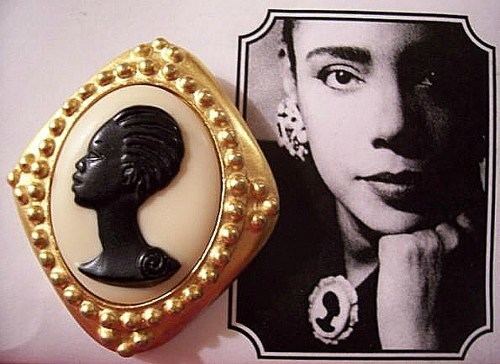 | ||
Education | ||
The last room in cuba by coreen simpsonc 2015
Coreen Simpson (born February 18, 1942) is a noted African-American photographer and jewelry designer, whose work has an African-American theme.
Contents
- The last room in cuba by coreen simpsonc 2015
- Coreen simpson my photography life c
- Early life and education
- Career
- The Black Cameo
- Collections
- Selected exhibitions
- Awards
- References
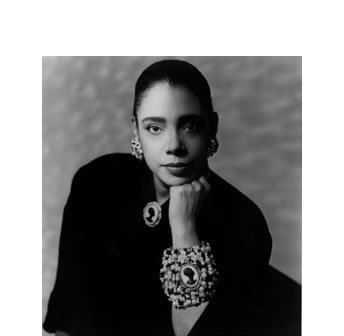
Coreen simpson my photography life c
Early life and education
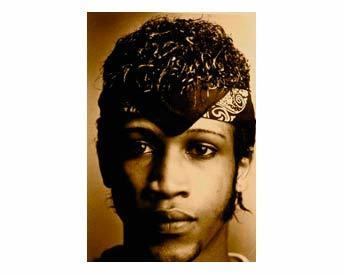
Simpson was born in New York City.
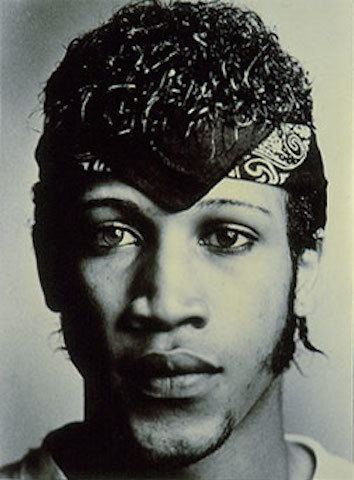
Simpson graduated from the Fashion Institute of Technology and Parsons School of Design.
Career
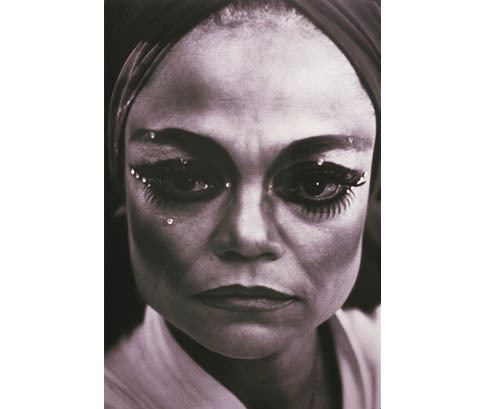
Simpson's photographic career began as a fashion photographer for the Village Voice and the Amsterdam News in the early 1980s, and covered many African-American cultural and political events in the mid-1980s. She is also noted for her studies of Harlem nightlife. Her work's ability to present a wide variety of subjects with "depth of character and dignity" has been compared to that of Diane Arbus and Weegee.
The Black Cameo
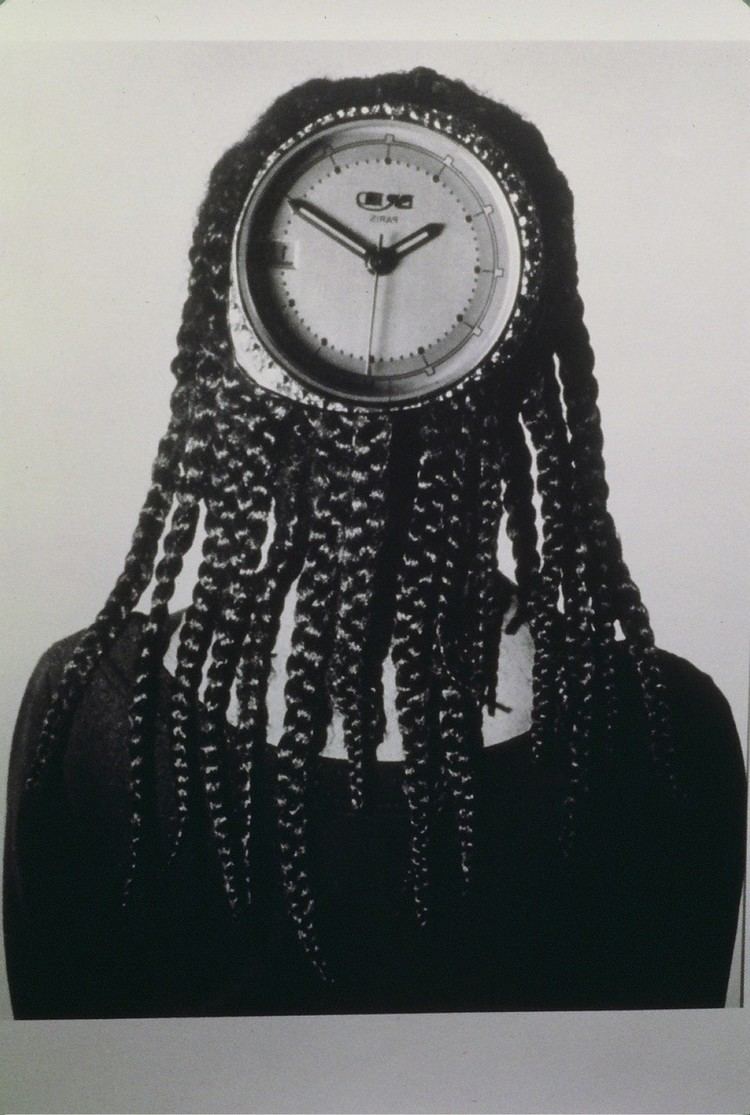
In addition to her photography, Simpson also designed jewelry. Her most notable jewelry collection is known as The Black Cameo (1990). The collection reintroduces the ancient tradition of cameos, but features portraits of black women. The portraits show the great variety of features of black women. Simpson’s goal was that every black women would be able to identify with the portraits within her cameo jewelry.The success of The Black Cameo lead Simpson’s jewelry clients for her designs to include Ruby Dee, and Oprah Winfrey.
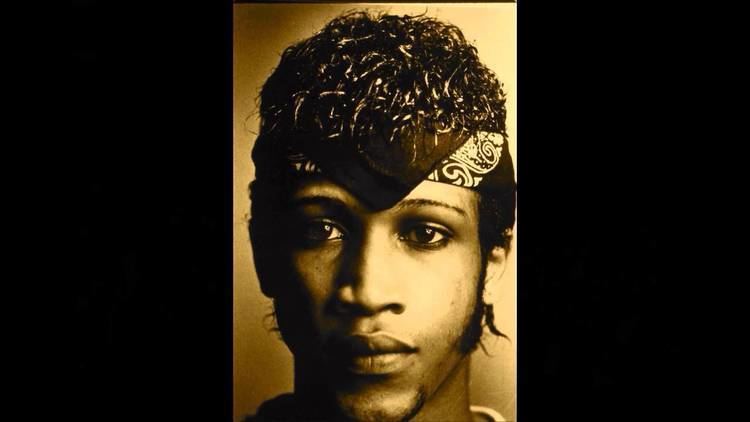
Simpson and Avon Products entered a joint venture in 1993 and created the Coreen Simpson Regal Beauty Collection, a budget line of designs which included a moderately-priced African American cameo.
She resides in New York City.
Collections
Simpson's works have been collected by the Museum of Modern Art, the Bronx Museum of the Arts, the Musee de la Photographie in Belgium, the Schomburg Center for Research in Black Culture, the International Center for Photography, the Harlem State Office, and the James Van Der Zee Institute.
